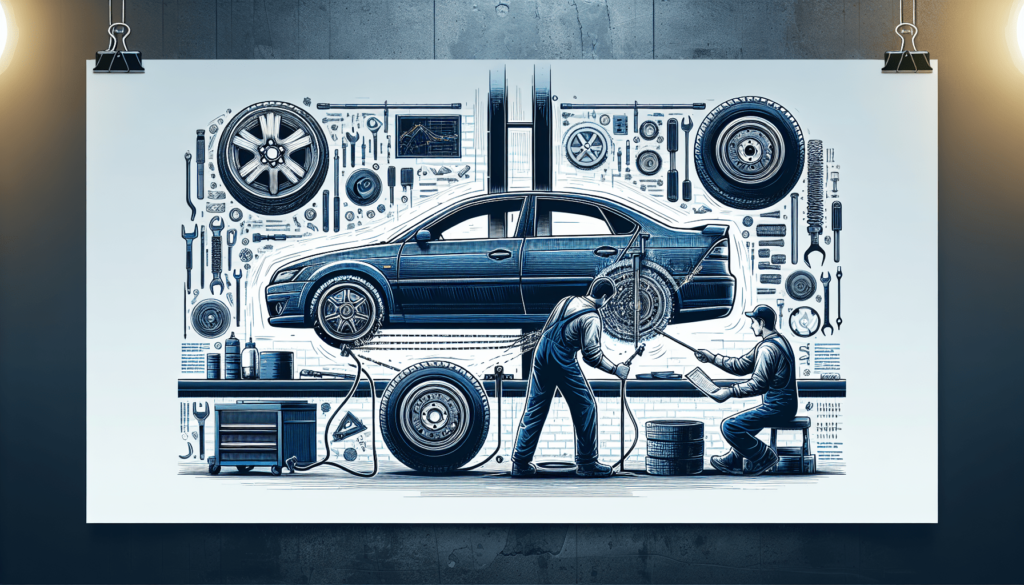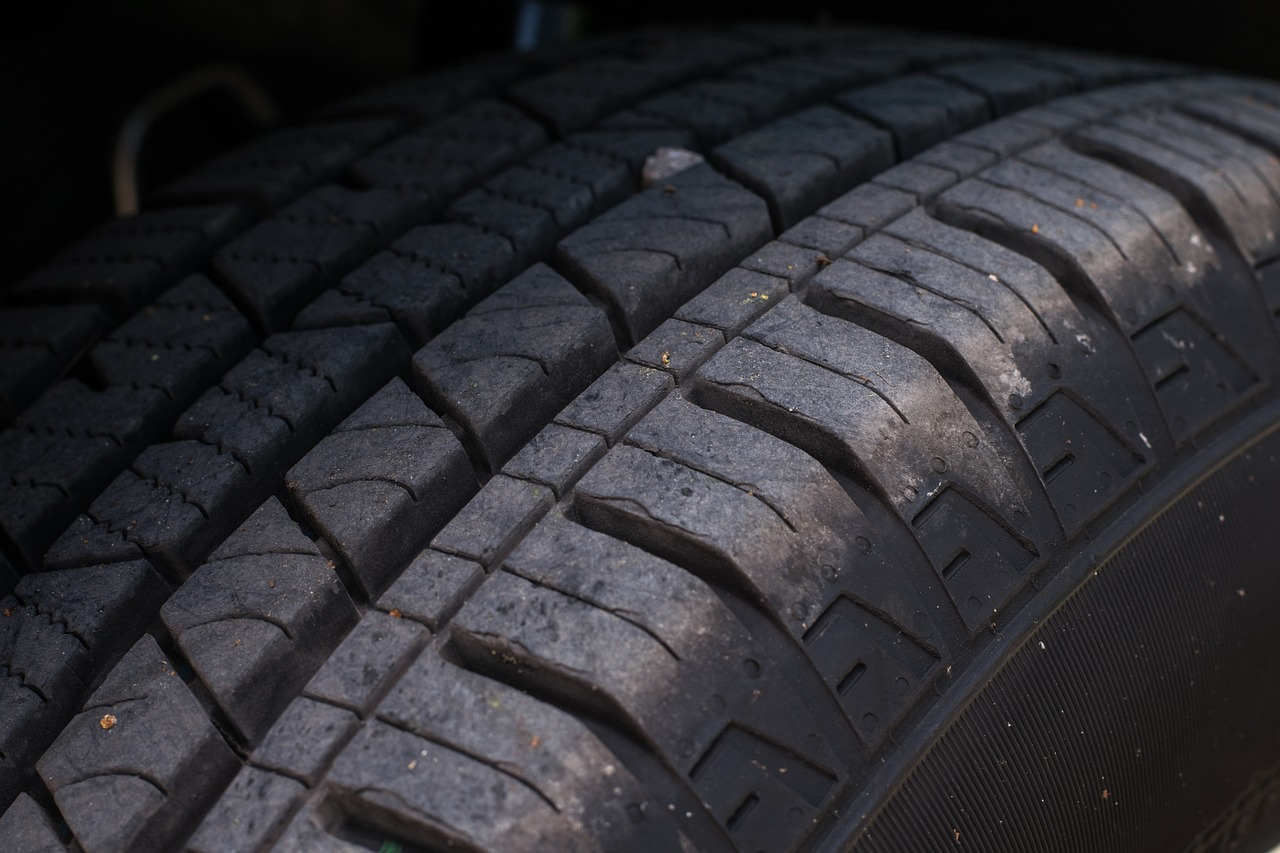Accidents happen, and when they do, they can often lead to unexpected consequences for your vehicle. One common issue that can arise from accidents is wheel alignment problems. These can be frustrating and costly to fix. But fear not, because in this article, we’ll explore some easy steps that you can take to prevent wheel alignment issues caused by accidents. By following these tips, you’ll be able to keep your wheels running smoothly and avoid unnecessary trips to the repair shop. So let’s get started and ensure that your vehicle stays properly aligned, keeping you safe on the road.
Regular maintenance
Regular maintenance is crucial in ensuring the optimal performance and longevity of your vehicle’s wheel alignment. By following a few simple steps, you can minimize the risk of alignment issues and keep your car running smoothly.
Schedule regular wheel alignments
One of the most important steps you can take to prevent wheel alignment issues is to schedule regular alignments. Over time, normal wear and tear can cause your vehicle’s alignment to shift, leading to uneven tire wear and poor handling. By having your wheels aligned at least once a year, you can catch any misalignments early on and correct them before they cause more severe problems.
Check tire pressure regularly
Maintaining the proper tire pressure is crucial for both your vehicle’s overall performance and the health of your wheel alignment. When tires are underinflated or overinflated, it can cause uneven wear on the tires and put additional strain on your alignment. Make it a habit to check your tire pressure at least once a month and adjust it to the manufacturer’s recommended levels.
Monitor tire wear and rotate tires
Uneven tire wear is a common indication of wheel alignment issues. It’s essential to regularly inspect your tires for signs of uneven wear, such as bald spots or excessive wear on one side. If you notice any irregularities, it’s recommended to have your tires rotated. Rotating the tires helps distribute the wear evenly and can help extend the life of your tires and alignment.
Safe driving practices
In addition to regular maintenance, practicing safe driving techniques can significantly reduce the risk of wheel alignment issues caused by accidents. By being mindful of your driving habits and taking proactive measures, you can keep your wheels properly aligned.
Observe speed limits and avoid sudden stops or accelerations
Excessive speed, sudden stops, and aggressive accelerations can put extra stress on your vehicle’s suspension system, leading to misalignments. To prevent unnecessary wear and tear on your alignment, it’s important to observe speed limits and drive in a controlled, consistent manner.
Avoid hitting potholes and curbs
Potholes and curbs can cause significant damage to your wheels and suspension, potentially leading to alignment issues. Whenever possible, try to avoid driving over potholes and be cautious when maneuvering near curbs. If you cannot avoid a particularly bad pothole or accidental impact with a curb, it’s advisable to have your alignment checked afterward.
Drive defensively and avoid accidents
Taking defensive driving measures can go a long way in preventing accidents that could result in wheel alignment issues. Always stay alert behind the wheel, maintain a safe following distance, and anticipate potential hazards. By being a proactive and cautious driver, you can minimize the risk of accidents that could impact your alignment.
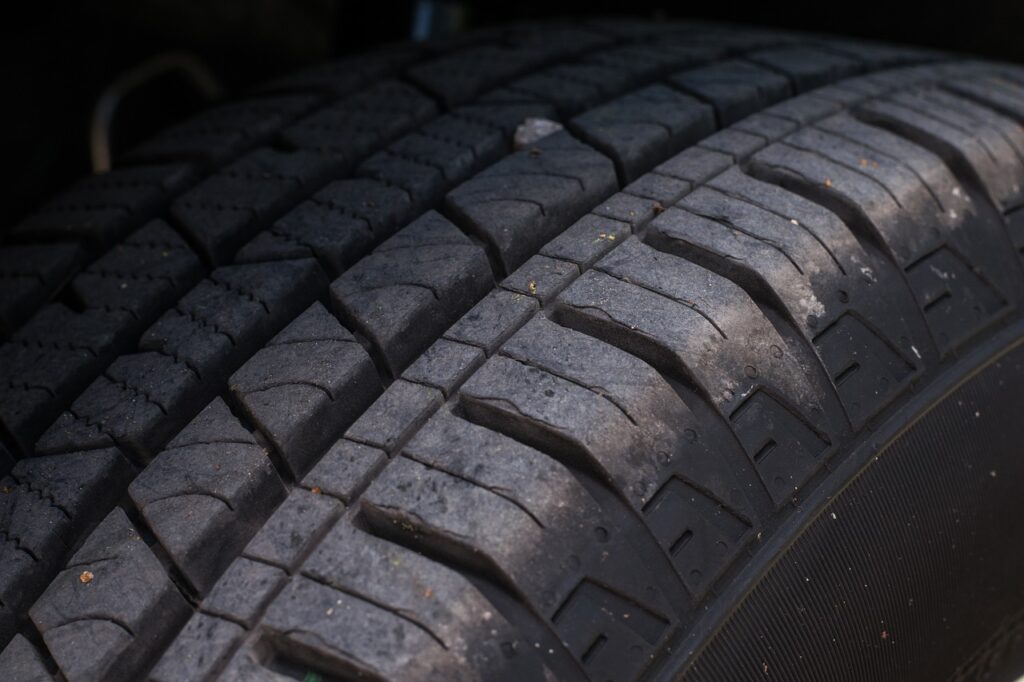
Avoidance of rough terrain
Driving on rough or unpaved roads can wreak havoc on your vehicle’s alignment. While it’s not always possible to avoid such terrain entirely, there are precautions you can take to protect your alignment.
Avoid driving on rough or unpaved roads
If possible, try to avoid driving on rough or unpaved roads. These surfaces can cause excessive vibrations and jolts to your vehicle’s suspension, potentially leading to misalignments. If you must traverse such terrain, try to take it slow and steady, minimizing the impact on your alignment.
Be cautious when driving through construction zones
Construction zones often present uneven surfaces, gravel, and other hazards that can be detrimental to your wheel alignment. When driving through construction areas, maintain a safe speed and be cautious of any rough patches or debris that could potentially damage your suspension or alignment.
Proper loading and weight distribution
Improper loading and excessive weight can affect your vehicle’s alignment and suspension. To prevent unnecessary stress on your alignment, it’s essential to adhere to proper loading practices.
Avoid overloading the vehicle
Overloading your vehicle with excessive weight can put significant strain on the suspension system, leading to misalignments and premature wear. Always adhere to your vehicle’s weight limits and avoid exceeding the recommended capacity.
Ensure proper weight distribution when loading
Proper weight distribution is key to maintaining a balanced and aligned vehicle. When loading your vehicle, distribute the weight evenly to prevent uneven stress on the suspension. If you regularly transport heavy or bulky items, consider investing in a cargo rack or organizing your load to ensure optimal weight distribution.
Avoid carrying excessive weight on the roof
While roof racks and cargo carriers can provide additional storage space, it’s important to be mindful of the weight you place on the roof. Excessive weight on the roof can negatively impact your vehicle’s center of gravity, potentially leading to alignment issues. Only carry loads on the roof that are within your vehicle manufacturer’s recommended weight limits.
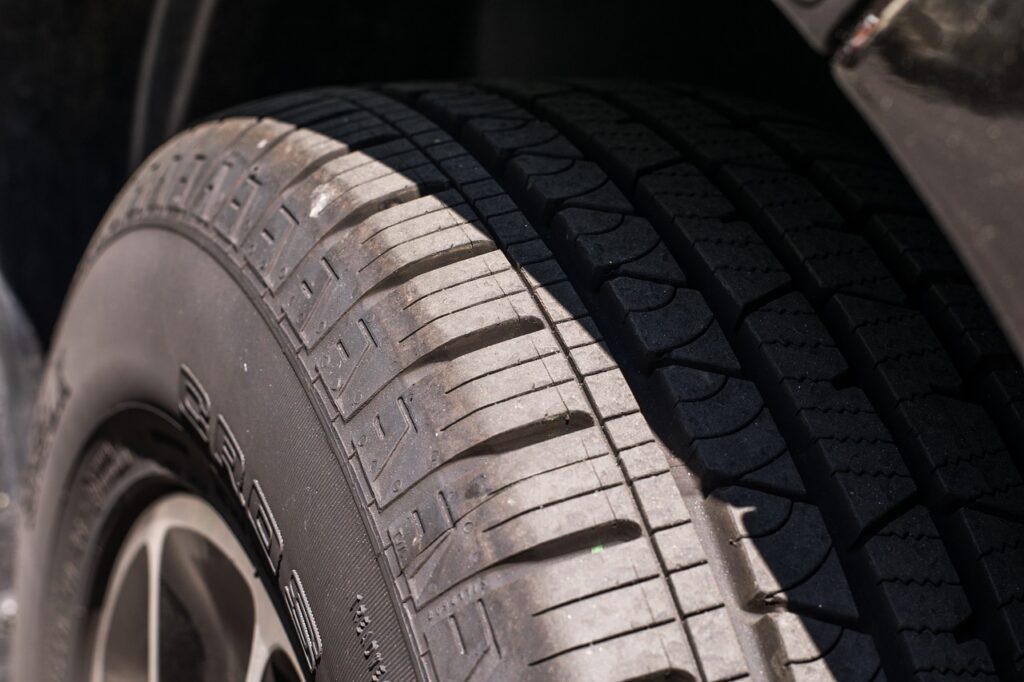
Regular inspection of suspension components
Inspecting your vehicle’s suspension components regularly can help you detect any signs of damage or wear that could lead to alignment issues if left unaddressed.
Inspect suspension components for signs of damage or wear
Periodically inspect your vehicle’s suspension components, such as the struts, shocks, and control arms, for any signs of damage or wear. Look out for leaks, corrosion, worn bushings, or any other issues that could affect the alignment. If you notice any problems, it’s important to address them promptly to prevent further damage.
Replace worn or damaged parts promptly
If you identify any worn or damaged suspension components during your inspection, it’s crucial to replace them as soon as possible. Faulty or worn parts can introduce instability into the suspension system, leading to misalignments and diminished handling. consult a professional mechanic if you’re unsure about replacing suspension components yourself.
Proper installation of aftermarket modifications
Aftermarket modifications, such as lifted suspensions, can alter the geometry of your vehicle’s suspension and potentially cause alignment issues if not installed correctly. To ensure the proper functioning and alignment of your vehicle, it’s important to pay attention to the installation process.
Ensure proper installation of aftermarket modifications
When installing aftermarket modifications that impact the suspension, such as lift kits or suspension upgrades, it’s crucial to ensure they are installed correctly. Improper installation can throw off the alignment and compromise the safety and handling of your vehicle. If you’re not experienced with aftermarket modifications, it’s best to consult professionals who have the expertise and tools to do the job properly.
Consult professionals for installation
If you’re unsure about the installation process or lack the necessary tools and resources, it’s highly recommended to consult professionals. Mechanics or technicians who specialize in suspension and alignment work can ensure that aftermarket modifications are installed correctly, minimizing the risk of alignment issues caused by improper installation.
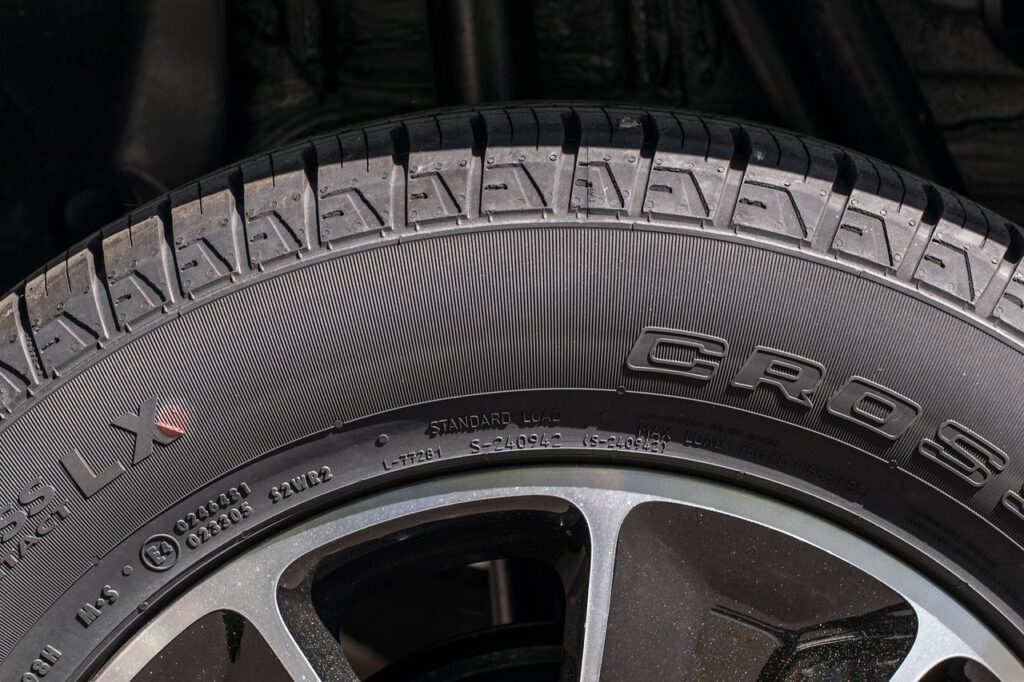
Avoidance of collision and accidents
While accidents can be unpredictable, practicing defensive driving techniques can help minimize the risk of collisions that can lead to wheel alignment issues.
Practice defensive driving techniques
Defensive driving involves staying alert, being proactive, and anticipating potential hazards on the road. By practicing defensive driving techniques, such as maintaining a safe following distance, using turn signals, and avoiding distractions, you can reduce the likelihood of being involved in an accident that could impact your alignment.
Maintain a safe distance from vehicles in front
Maintaining a safe distance from the vehicle in front of you is one of the most effective ways to prevent rear-end collisions. By leaving ample space, you have more time to react to sudden stops or obstacles, reducing the chances of a collision that could affect your wheel alignment.
Be aware of your surroundings at all times
Being constantly aware of your surroundings can help you anticipate and avoid potential accidents. Keep an eye out for aggressive or distracted drivers, pedestrians, and other hazards on the road. By staying focused and alert, you can react quickly and potentially prevent accidents that could damage your alignment.
Prompt repairs after accidents
Even if you take all the necessary precautions, accidents can still happen. After being involved in a collision, it’s crucial to take immediate action to ensure the proper functioning and alignment of your vehicle.
Get a professional inspection after an accident
After an accident, it’s advisable to have your vehicle inspected by a professional. They can assess the extent of the damage, including any potential misalignments, and recommend the necessary repairs. Keep in mind that some misalignments may not be immediately noticeable and require a trained eye to detect.
Repair any damages to suspension or steering components
If the inspection reveals any damages to your suspension or steering components, it’s essential to have them repaired promptly. Any issues with these components can directly impact your vehicle’s alignment and compromise its handling and safety. Trust a professional mechanic to handle the repairs to ensure they are done correctly.
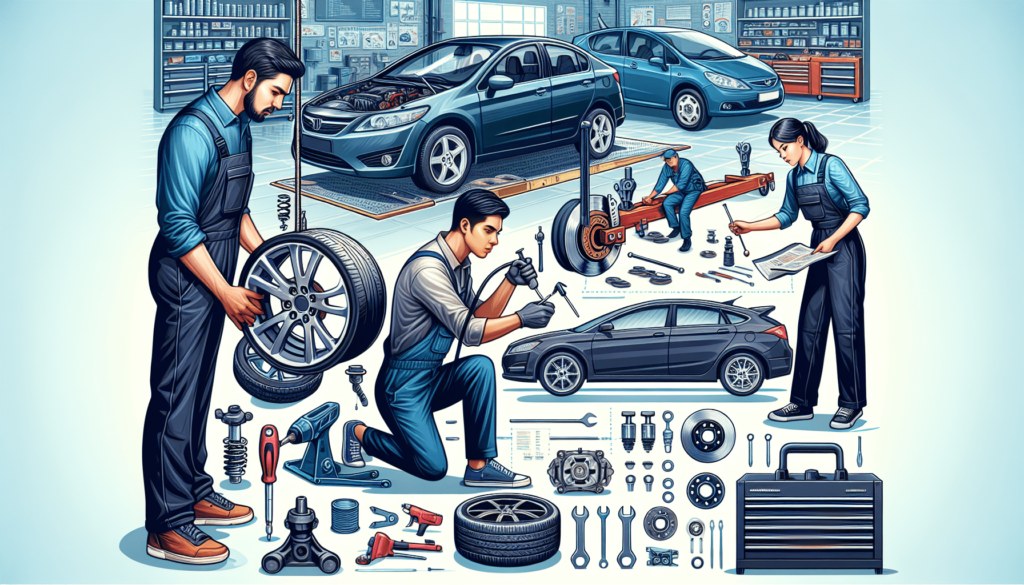
Avoidance of DIY repairs
While DIY repairs can be tempting to save on costs, attempting a wheel alignment yourself can often do more harm than good. Precision and expertise are necessary to achieve an accurate alignment, making it best left to professionals.
Avoid attempting DIY wheel alignment
Wheel alignment requires specialized equipment and knowledge to accurately measure and adjust the angles of the wheels. Without the proper tools and expertise, attempting a DIY alignment can result in further misalignment and potential safety risks. Leave this task to professionals who have the necessary equipment and training.
Consult professionals for accurate wheel alignment
To ensure the accuracy and effectiveness of your wheel alignment, it’s important to consult professionals who specialize in alignment services. They have the expertise and tools necessary to measure and adjust your alignment precisely, providing you with optimal performance and preventing further complications.
Awareness of warning signs
Being aware of the warning signs of wheel alignment issues can help you identify and address problems early on, saving you from more extensive repairs and potential safety risks.
Be aware of warning signs of wheel alignment issues
Watch out for signs that could indicate wheel alignment issues. Uneven tire wear, such as excessive wear on the inner or outer edges of the tires, can be a clear indication of misalignment. Additionally, if your vehicle tends to pull to one side while driving or you notice steering wheel vibrations, it’s worth having your alignment checked.
Watch out for uneven tire wear or vehicle pulling to one side
Uneven tire wear, such as bald spots or wear on one side of the tire, can indicate misalignment. If you notice such wear patterns, have your alignment checked promptly. Additionally, if your vehicle pulls to one side when driving on a straight road or you experience steering wheel vibrations, it’s a good idea to have your alignment examined by professionals.
By following these practices and taking proactive measures, you can significantly reduce the risk of wheel alignment issues caused by accidents. Regular maintenance, safe driving practices, and prompt inspections and repairs can help keep your alignment in optimal condition, improving your vehicle’s performance, safety, and longevity. Remember, when it comes to alignment, prevention is key, but when accidents or issues do occur, seeking professional assistance is always the best course of action.
